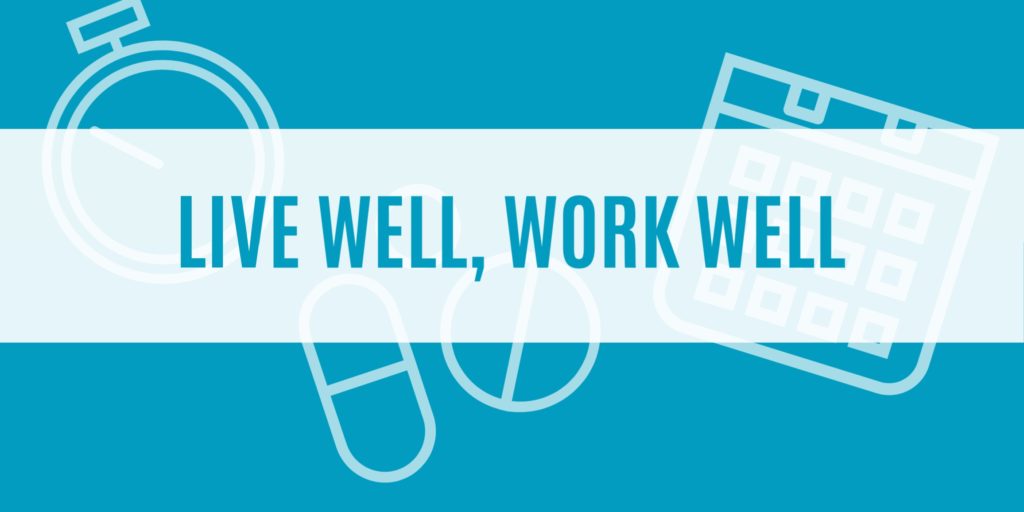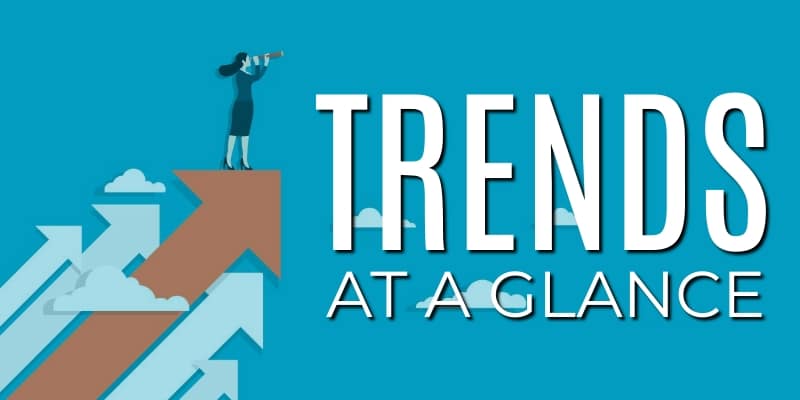 According to the Bone and Joint Initiative USA, nearly 1 in 2 Americans over the age of 18—or 124 million people—have a musculoskeletal disorder. And, according to OSHA, work-related musculoskeletal disorders are among the most common disability claims.
According to the Bone and Joint Initiative USA, nearly 1 in 2 Americans over the age of 18—or 124 million people—have a musculoskeletal disorder. And, according to OSHA, work-related musculoskeletal disorders are among the most common disability claims.
What are musculoskeletal disorders?
Musculoskeletal disorders (MSDs) refer to a variety of conditions that affect your joints, bones and muscles. According to the World Health Organization, there are more than 150 conditions that are considered MSDs, the most common being osteoarthritis, back and neck pain, fractures and systemic inflammatory conditions (e.g., rheumatoid arthritis).


 Burnout is a commonly discussed issue these days—particularly while many workforces are still working from home amid the COVID-19 pandemic.
Burnout is a commonly discussed issue these days—particularly while many workforces are still working from home amid the COVID-19 pandemic. The foods and beverages you consume have a significant impact on your health. Diet-related chronic diseases—such as cardiovascular disease, Type 2 diabetes, obesity and some types of cancer—are prevalent among Americans and pose a major public health problem.
The foods and beverages you consume have a significant impact on your health. Diet-related chronic diseases—such as cardiovascular disease, Type 2 diabetes, obesity and some types of cancer—are prevalent among Americans and pose a major public health problem.
 A wellness program is an organized program intended to assist employees and family members in making voluntary behavior changes that reduce their health risks and enhance their individual productivity.
A wellness program is an organized program intended to assist employees and family members in making voluntary behavior changes that reduce their health risks and enhance their individual productivity. According to the Bone and Joint Initiative USA, nearly 1 in 2 Americans over the age of 18—or 124 million people—have a musculoskeletal disorder. And, according to OSHA, work-related musculoskeletal disorders are among the most common disability claims.
According to the Bone and Joint Initiative USA, nearly 1 in 2 Americans over the age of 18—or 124 million people—have a musculoskeletal disorder. And, according to OSHA, work-related musculoskeletal disorders are among the most common disability claims.